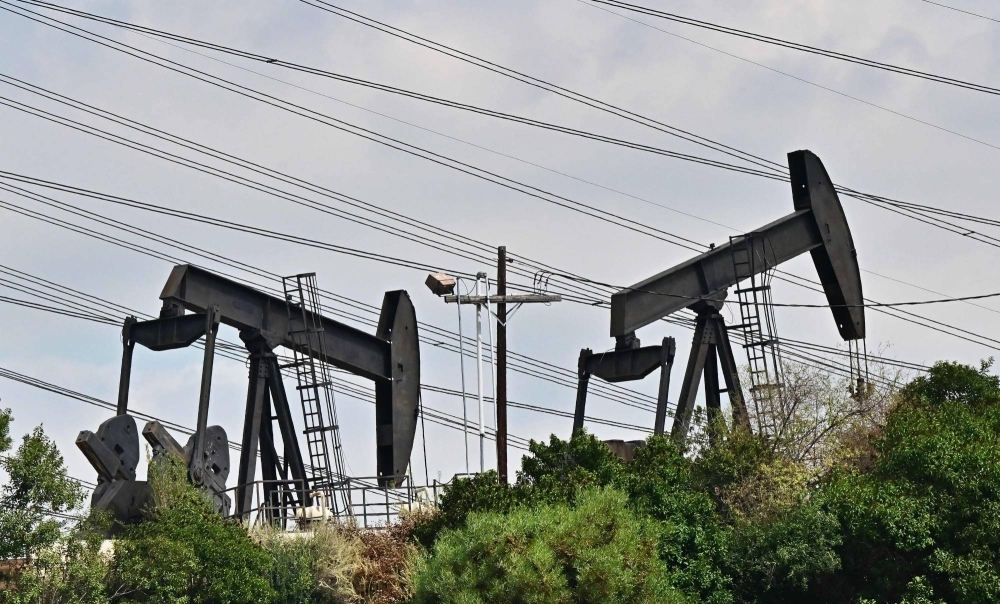This may sound paradoxical, but the International Energy Agency is both the gold standard in global supply-and-demand energy statistics and a poor forecaster of the same data.
The sum of all that’s good and bad is its annual flagship report, the World Energy Outlook — thus, take it both seriously and with skepticism. Just recently, IEA Executive Director Fatih Birol announced that the next edition of the report, expected in October, would show the world is on what he called "the cusp of a historic turning point”: Demand for coal, oil and natural gas is set to peak before 2030.
Over the years, I have learned the hard way that when it comes to the energy market, there’s much truth in the cliche "it is difficult to make predictions, especially about the future.” If the prediction is about an inflection point, then it’s even more difficult. The IEA should have learned the lesson, too. Historically, it underestimated — and by quite a lot — the growth of wind and solar; it all but missed the birth of the U.S. oil shale revolution; and prematurely called the end of coal’s golden age in China by at least a decade (and still counting).



